Hold on, maybe you don’t need a heavy and expensive nine-inch after all
IF THERE’S one name that’s ubiquitous across the Australian automotive industry, BorgWarner would have to be it. As with its huge range of transmissions, BorgWarner (BW) differentials have been fitted to more Aussie cars than any other type. Chryslers, Fords, Holdens, Commodores and even some Australian-built Nissans had BW solid axles under the rear.
Although the BorgWarner is often criticised for lacking strength, it’s a regular Samson compared with things like the old Holden banjo. Ultimately it may not be as robust as a nine-inch but plenty of street cars don’t have enough power and aren’t used severely enough to warrant a nine-inch. What’s more, a 9in is extremely heavy, so why haul all that weight around when it’s not necessary?
Then there’s the expense — a full nine-inch conversion generally costs in the order of $4000; the right BW swap can cost as little as half that. Throw in a wide range of modern disc brake set-ups and the BW is the ideal upgrade for a great many Aussie streeters.
EASY DOES IT
Just like a nine-inch, the BW can be converted to fit any car. Starting with a donor diff, the ends of the axle tubes are cut off and replaced with appropriate types at the correct width, before adding suitable mounting brackets — the same stuff that takes place for a nine-inch conversion.
As for donor diffs, Ford station wagon versions are a good choice as they’re wide enough to suit almost any car and they don’t have a lot of bracketry to remove. A cheaper option is to start with an axle assembly that’s closer to the right width as not having to narrow the housing will certainly save a few pennies — check out the accompanying table to see the various housing widths found in Aussie streeters.
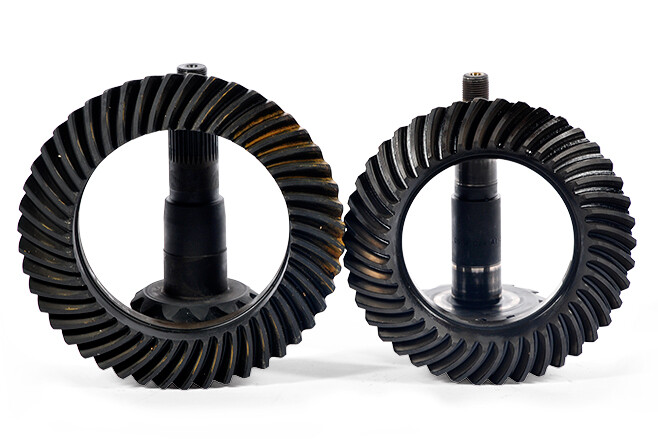 The bigger 80-series BW in IRS cars can handle a fair bit of power but the gears aren’t compatible with earlier live axle 75 and 78-series differentials
The bigger 80-series BW in IRS cars can handle a fair bit of power but the gears aren’t compatible with earlier live axle 75 and 78-series differentials
In general, diffs become wider with successive models. For instance, the Falcon’s diff grew from 1432mm in the XK-XM to 1557mm in the EF/EL, while Holdens went from 1384mm in FX/FJ to 1555mm in the HZ/WB. An obvious departure is VL to VP Commodores — they were narrower than HT to WB Holdens. Being narrower allows you to use a rim with more dish while still clearing the guards. Mind you, the VR/VS diff is only 20mm wider so it will push the wheels out 10mm per side.
WATCH THE PATTERN
With Commodore conversions, be aware of the different stud patterns. While very close, the Commodore’s metric 5x120mm PCD is slightly smaller than the HQ-WB’s imperial 5×4¾in (5×120.6mm) which is the same as Chev. People have been known to force the issue but near enough is not good enough and plenty of owners have broken studs and lost a wheel through this practice.
Having a different stud pattern (and centre spigot diameter) is a pain, especially when it comes to the spare wheel. Peter Koning from Hoppers Stoppers suggests accompanying a diff upgrade with a front disc upgrade that also uses the Commodore stud pattern.
KEEPING THIN
The VL was the first Commodore fitted with a BW — it’s also the narrowest of the ’Dores. The other narrow late-model BW is found in Australian-manufactured Nissan Pintaras and Skylines. While still too wide for some 50s and 60s Aussie streeters, most of the cars of that era had plenty of body overhang. Combine this with the use of shallow-offset wheels and you should be able to make it all fit — just. The downside is that the dish (offset) on the front wheels is unlikely to match the dish on the rears and may look silly, so if you want to retain the classic deep-dish look, a conventional cut ’n’ shut diff job would be required.
MIX ’N’ MATCH
If you’re considering starting with one of the EA to EL disc-brake BWs (although 10mm wider, they’re fine for swapping into an XA to XF Falcon), look for the later EF or EL version instead as it uses the superior Banksia handbrake system. Banksia is what PBR calls its small drum-style handbrake set-up that sits inside the disc rotor, and it works a treat. It would be possible to use the VL or Nissan diff (and accompanying disc brakes) but you’d need custom axles to retain a Ford stud pattern, as you’re unable to redrill the axles to different patterns.
While we’re with the Ford stuff, none of the EA to current BorgWarner disc brake set-ups will bolt directly to the early housings as the bearing offsets and housing flange bolt patterns are different.
Valiants and Fords are quite similar — you can swap a later model Ford BW disc-braked rear end straight into a VH or later Valiant. Even the spring mounts are extremely close — many have been fitted by simply bending each of the springs a little. That’s far from ideal but it’s done often enough.
BRAKE COMPATIBILITY
On the matter of brake compatibility between makes and models, Peter says we’re spoiled for choice as a great number of Aussie cars left their factories with one-inch master cylinders. This makes many brake assemblies (caliper and rotor packages) from different manufacturers cross compatible. Stick with a one-inch master cylinder and you’ll find the brake balance will generally be pretty good. If you do find the rears locking up prematurely, fitting a proportioning valve will often rectify the problem.
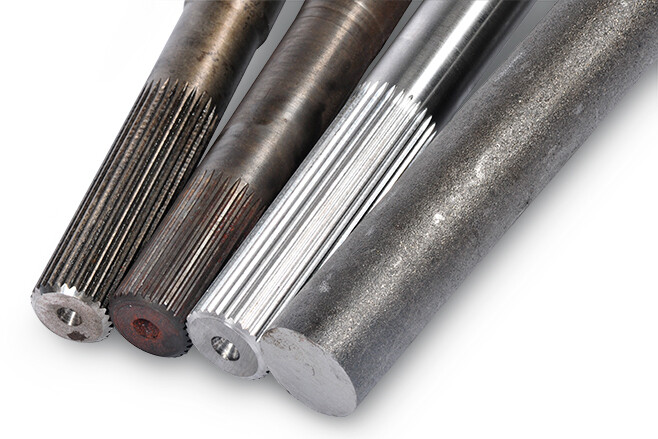 From left to right, these are 25-spline, 28-spline and 31-spline axles. More splines means a larger diameter, which equates to a stronger axle
From left to right, these are 25-spline, 28-spline and 31-spline axles. More splines means a larger diameter, which equates to a stronger axle
NOT SO EASY
Although we’ve made much of this sound easy, some modification will always be needed for a diff conversion — tailshafts and handbrake mechanisms are common examples. Also, the original brackets, bump stops and other hardware will have to be removed from an original diff and transferred to the donor housing.
In the past it was common practice to weld up the axle flanges and redrill them to the desired pattern. However, doing this ruins the axle’s heat treatment and is no longer allowed. Also, bearing offsets have to be correct and axles aren’t supposed to be machined. All this means custom axles are virtually a given — figure on $800 to $1300 for a set of custom 28 or 31-spline axles.
WHICH BW?
Borgwarners come in a number of configurations. We’ve been referring mainly to 75-series units. These were fitted to the earlier models and for the most part featured 25-spline axles, though some were 28-spline. In Commodores, VNs onwards sport 28 splines. In Fords, 28 splines became standard from the EB. Being stronger, the 28-spline versions are the pick of the bunch. There’s also stronger 31-spline aftermarket componentry available.
The stronger 78 series succeeded the 75. All 78s had 28-spline axles but there are fewer ratios available. The 78-series gear sets are slightly different to 75-series units but if the drive pinion is shimmed about 0.120in, 75-series gears can be fitted. Although we know of some pretty serious cars in which this has been done, it must be acknowledged that some experts are less than enthusiastic about shimming the pinion in this way.
While still a BorgWarner, the 80-series — as used in late-model IRS Falcons and Commodores — is a Dana-derived unit and there is no interchangeability with the earlier 75 or 78-series components.
TOUGH ENOUGH
So how strong is a BorgWarner? Some experts we spoke to didn’t rate it past 350hp, while others went as high as 500hp. That said, a number of BW-equipped VL Turbos make more than 500 ponies without experiencing failures. At the extreme is Jim Grilis’s 9.18-second Cortina. Jim, who owns Speedy Differentials, says the car made 1000hp on the engine dyno and it runs a BW so clearly they can handle bulk power provided they’re appropriately modified.
The gear set is the weak point in a BW, particularly the pinion. Unfortunately there are no stronger aftermarket units available (a decade ago Keysborough Diffs made stronger gears but discontinued the product). Standard diffs have pressed steel covers; most diff shops offer cast aluminium covers that hold more oil and are said to brace the case too. These also contain two threaded studs that are tightened onto the rears of the retaining caps, which is another weakness in the stock system.
While some are sceptical about the stiffening value of the alloy cover, any workshop manual covering the removal of the differential case details bolting a special brace in place and expanding the carrier up to a maximum of half a millimetre, so it’s clearly designed to flex.
Jim said that axle tubes have been known to come loose from the carrier so he drills and taps holes and uses high-tensile bolts to lock them together. The carrier is cast steel rather than cast iron, which allows suspension brackets and such to be welded directly to it. Again, we must note that some people aren’t keen on this practice.
So the ubiquitous BorgWarner offers many options for upgrading older cars to a stronger modern diff and sometimes, if you find one to match your application, you can save a bit of money with a straight swap. If you’re on a budget (who isn’t these days?) and you have moderate power levels, the BorgWarner could be a good fit for your project.
BOXY, BUT GOOD
A Borgwarner isn’t the only choice for a pre-HK Holden diff upgrade. Fitting a 244/264 Volvo diff works well but doesn’t get a lot of publicity. These are the models Dudley Moore described as “boxy but good” in Crazy People, and the diffs out of them are better than good. They’re a perfect match for early Holdens because they’re the right width for a direct swap, they’re available in a range of ratios and the stud pattern is exactly the same as FC-HR. Peter Koning describes them as virtually indestructible, so they’ll handle just about anything you’d fit to such a car. Best of all there are lots around, so they’re relatively inexpensive.
DIFF WIDTHS
Measurements are from wheel mounting flange to wheel mounting flange, in millimetres
| MODEL | mm |
| HOLDEN | |
| FX, FJ | 1384 |
| FE, FC, FB, EK, EJ, EH, HD | 1396 |
| HR | 1406 |
| HK | 1511 |
| HT, HG | 1536 |
| HQ, HJ, HX | 1555 |
| HZ | 1563 |
| WB | 1592 |
| COMMODORE | |
| VB, VC, VH, VK – drum | 1503 |
| VB, VC, VH, VK – disc | 1510 |
| VL | 1524 |
| VN, VP | 1566 |
| VN, VP – Executive V8 | 1539 |
| VR, VS | 1577 |
| VT | 1673 |
| TORANA | |
| HB, LC | 1328 |
| LJ | 1338 |
| LH | 1413 |
| LX, UC | 1456 |
| FALCON | |
| XK, XL, XM | 1432 |
| XP | 1402 |
| XR, XT | 1492 |
| XW, XY | 1502 |
| XA, XB, XC, XD, XE, XF | 1547 |
| EA, EB, ED | 1557 |
| EF, EL | 1559 |
| AU, AUII | 1617 |
| CORTINA | |
| TC, TD | 1348 |
| TE, TF | 1503 |
| VALIANT | |
| R, S | 1410 |
| AP5, AP6, VC, VE | 1412 |
| VF | 1425 |
| VG | 1430 |
| VH, VJ, VK, CL | 1515 |
| CM | 1530 |
| CENTURA | |
| KB, KC | 1409 |
| NISSAN | |
| PINTARA | 1490 |
| SKYLINE | 1465 |
RATIOS
The BW comes with a wide range of ratios but there are no aftermarket performance gear sets available. These are the stock offerings:
2.77:1
2.92:1
3.08:1
3.23:1
3.27:1
3.45:1
3.50:1
3.70:1
3.89:1
3.90:1
4.11:1
CONTACTS:
- Speedy Differentials, www.speedydiffs.com.au, (02) 9316 9289
- G&J Differential Services, www.gjdiffs.com.au, (03) 9708 5226
- Queensland Performance Axles and Centres (QPAAC), www.qpaac.com.au, (07) 5498 7788
- Sydney Competition Warehouse, (02) 9891 5088
- The Diff Doctor (Melbourne), (03) 9799 9967
- Hopper Stoppers www.hoppers.com.au, (03) 9748 6950
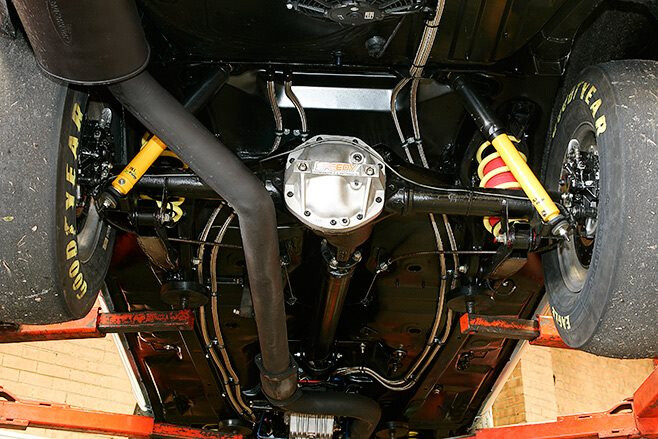
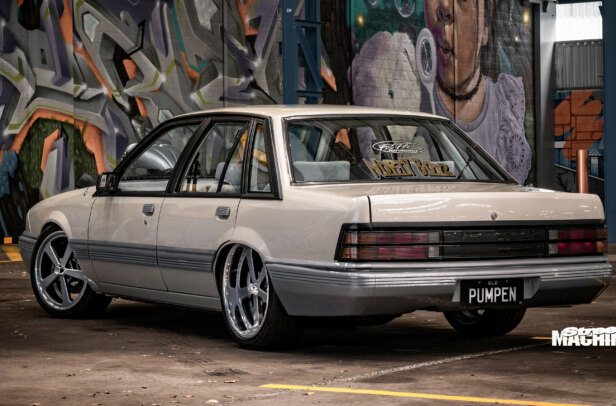
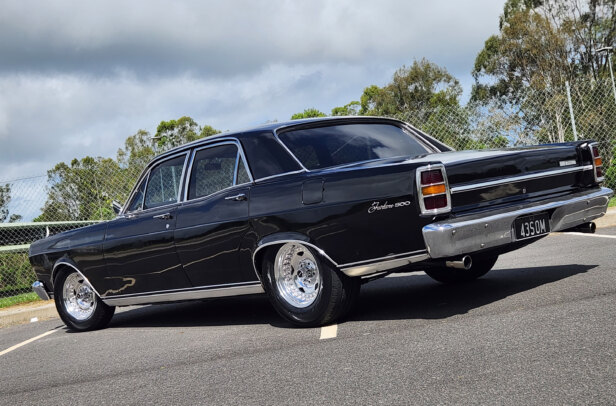
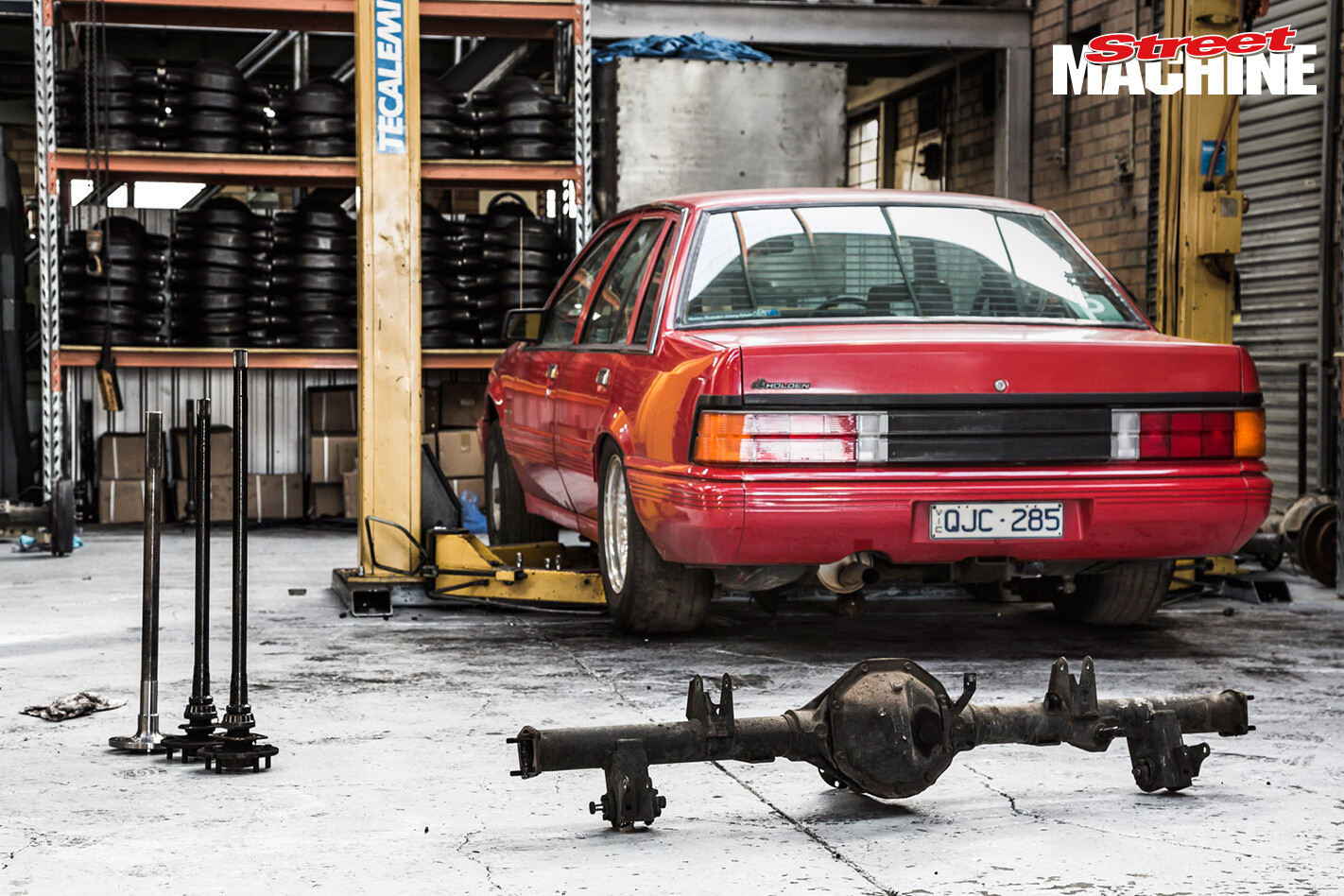
Comments